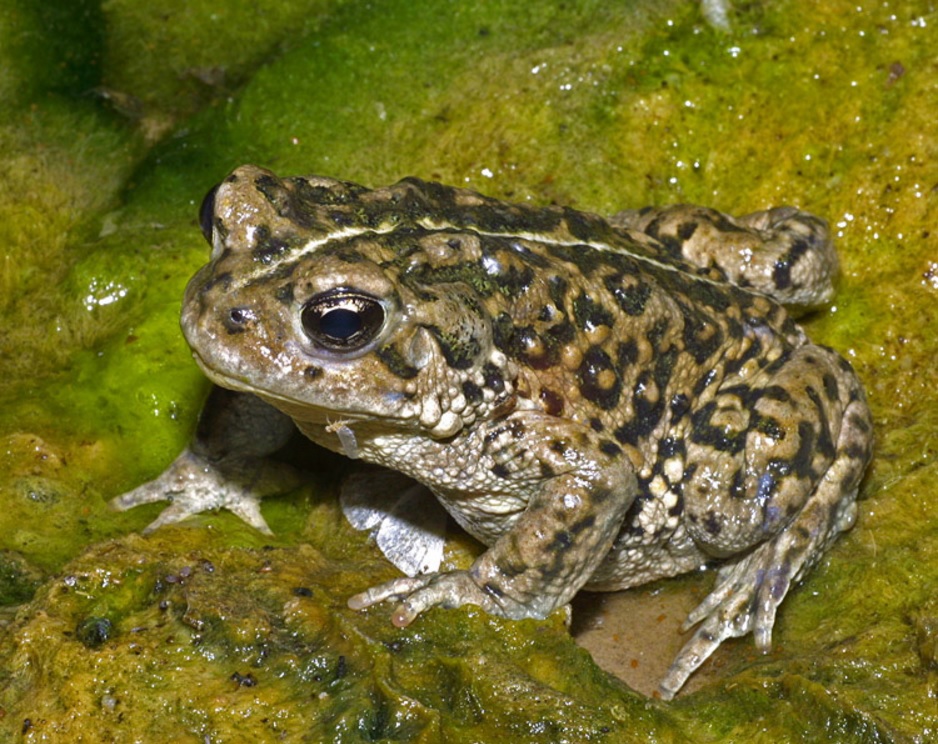Identifying Species Conservation Strategies to Reduce Disease-Associated Declines
Abstract/Summary
Emerging infectious diseases (EIDs) are a salient threat to many animal taxa, causing local and global extinctions, altering communities and ecosystem function. The EID chytridiomycosis is a prominent driver of amphibian declines, which is caused by the fungal pathogen Batrachochytrium dendrobatidis (Bd). To guide conservation policy, we developed a predictive decision-analytic model that combines empirical knowledge of host-pathogen metapopulation dynamics with expert judgment regarding effects of management actions, to select from potential conservation strategies. We apply our approach to a boreal toad (Anaxyrus boreas boreas) and Bd system, identifying optimal strategies that balance tradeoffs in maximizing toad population persistence and landscape-level distribution, while considering costs. The most robust strategy is expected to reduce the decline of toad breeding sites from 53% to 21% over 50 years. Our findings are incorporated into management policy to guide conservation planning. Our online modeling application provides a template for managers of other systems challenged by EIDs.
Publication details
| Published Date: | 2017 |
| Outlet/Publisher: | Conservation Letters |
| Media Format: |
ARMI Organizational Units:
Rocky Mountains, Southern - BiologyTopics:
DiseaseStressors
Place Names:
ColoradoKeywords:
amphibiansARMI
Bd
conservation
critical habitat
Decision science
management
research
stressors
T&E

